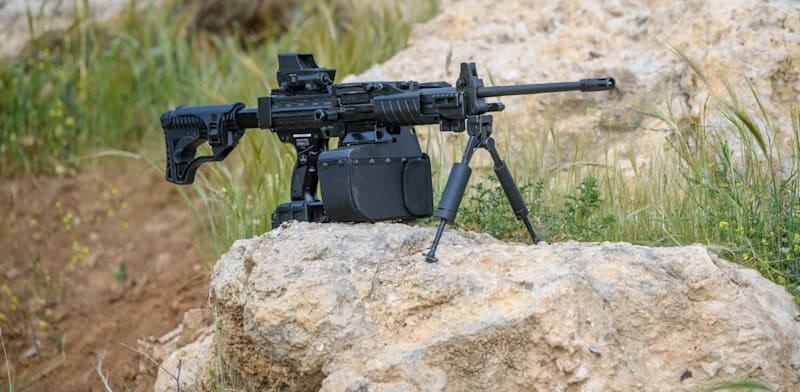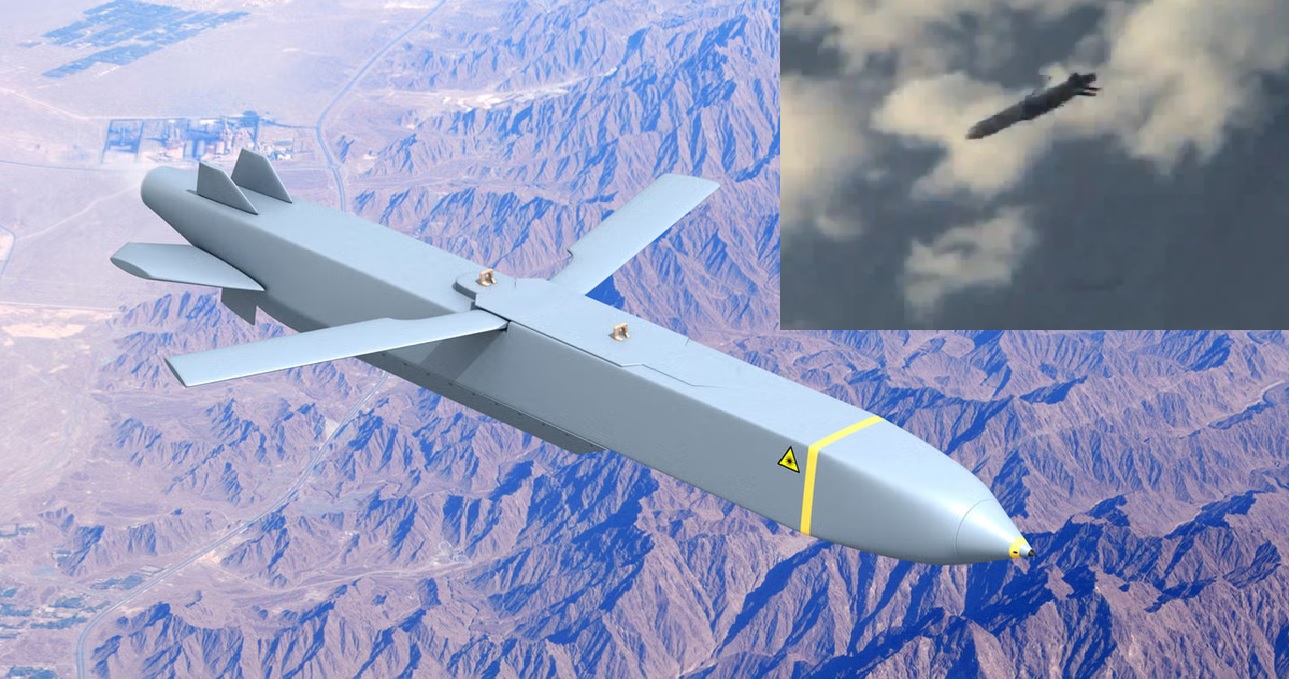NP5 LCA Naval Trainer: Paving the Way for India's Twin-Engine Deck-Based Fighter (TEDBF) Program

The Indian defense landscape is witnessing significant advancements, particularly with the indigenous development of the Light Combat Aircraft (LCA) Naval trainer prototype, known as NP5. This aircraft, which successfully completed its maiden flight at Hindustan Aeronautics Limited (HAL) airport last year, is set to play a pivotal role in testing and refining the upcoming Twin-Engine Deck-Based Fighter (TEDBF). Designed specifically for naval operations, the NP5 is more than just a trainer; it is a sophisticated platform poised to enhance India's naval aviation capabilities.
The NP5 will serve as a critical testbed for the TEDBF program, which aims to create a formidable fighter jet capable of operating from aircraft carriers. With an anticipated weight of around 26 tons, the TEDBF is designed to engage in complex maritime operations, and the data collected from the NP5 will be invaluable. The trainer will simulate various take-off and landing procedures specific to aircraft carriers, helping engineers understand the performance characteristics necessary for the TEDBF.
One of the significant aspects of the NP5 is its ability to gather crucial data related to aircraft operations. This includes analyzing take-off and landing speeds, engine performance under various conditions, and structural integrity during different phases of flight. By focusing on these parameters, engineers can refine the design of the TEDBF, ensuring it meets the stringent requirements of naval aviation. The NP5’s specifications, including its aerodynamic design and advanced avionics, contribute to creating a reliable test environment for the systems that will ultimately be integrated into the TEDBF.
While the TEDBF program is still awaiting clearance from the Cabinet Committee on Security (CCS) and the completion of its Conceptual Design Review (CDR), work on the NP5 is progressing steadily. This proactive approach allows engineers to address potential challenges early in the development process, thereby minimizing risks associated with the TEDBF's eventual rollout. The NP5 will not only provide a platform for testing but also foster innovation in technologies that will enhance the performance and safety of naval operations.
As the TEDBF research program moves forward, the role of the NP5 will become increasingly crucial. Its ability to simulate real-world scenarios will enable the team to fine-tune the aircraft's systems, paving the way for a smoother transition from prototype to operational fighter. This meticulous preparation underscores India's commitment to developing a self-reliant defense industry capable of meeting its strategic needs.
In conclusion, the NP5 LCA Naval trainer prototype stands as a testament to India's advancing capabilities in naval aviation. As it prepares to test critical aspects of the TEDBF program, it will undoubtedly play a vital role in shaping the future of India's maritime defense. This initiative not only enhances national security but also bolsters India's position as a rising power in the global defense arena, showcasing homegrown innovations that are set to make a significant impact on naval warfare.


